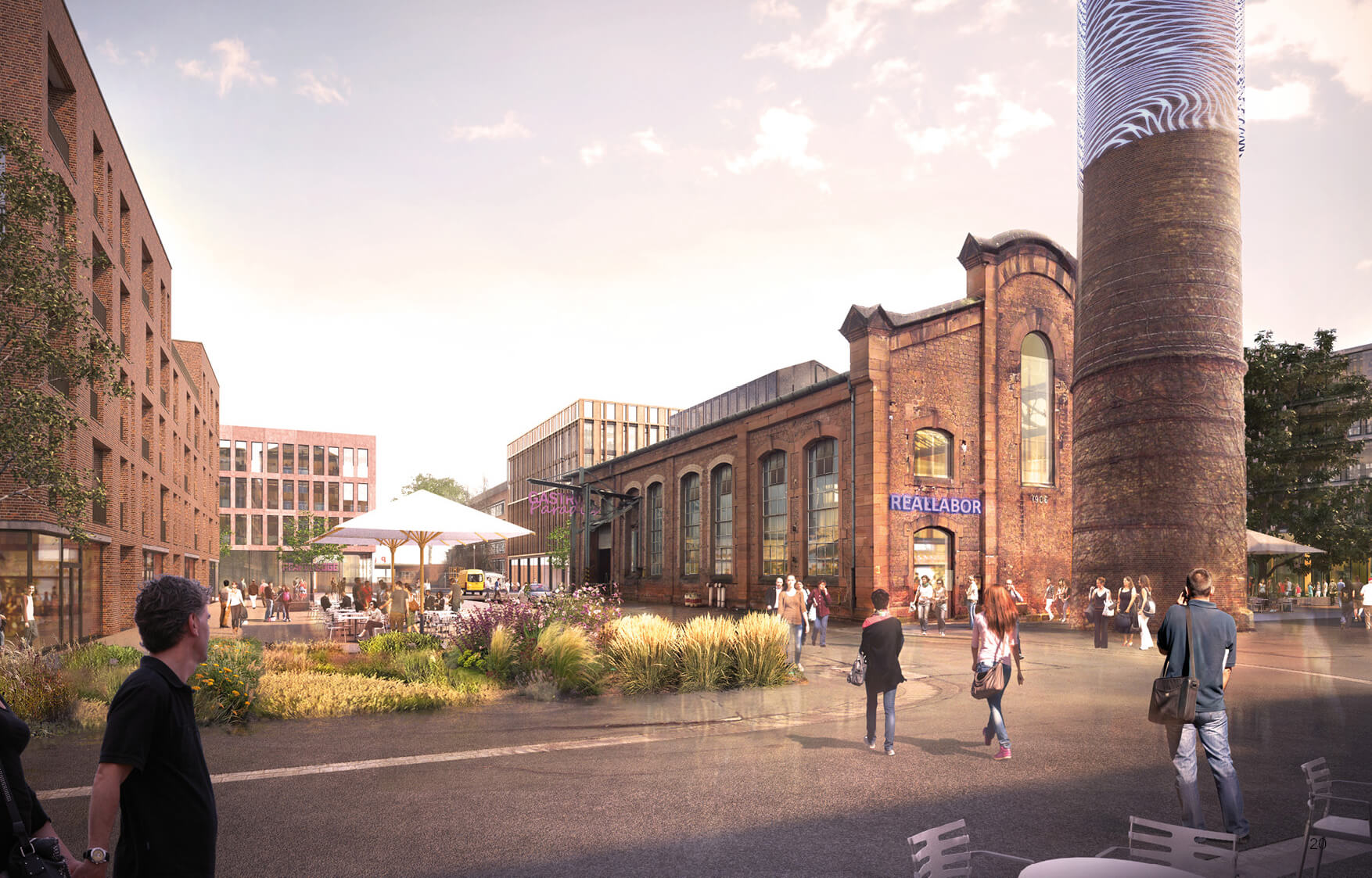Future urban neighborhoods will require a highly efficient energy system, use local sources of renewable energy as extensively as possible and draw on regional wind power and biomass potentials. This demands sector coupling of the electricity, heat, cooling and mobility sectors as well as the exploitation of flexibility and intelligent energy management systems. Furthermore, the different energy infrastructures will be connected digitally, such that optimal operation of the diverse energy sectors and new business models for energy suppliers and prosumers become feasible.
Development of Smart City Technology in Living Labs
Power Electronics, Grids and Smart Systems

The increasing complexity of municipal supply structures requires development, evaluation and optimization to be done in so-called »Living Labs«. Urban neighborhoods are preferred experimental spaces for this purpose, as they feature complex infrastructures and a wide range of actors, so that synergetic effects resulting from optimized interaction and intelligent control can be investigated and exploited.
Fraunhofer ISE conceives and coordinates Living Labs projects and is responsible for the scientific management of the »EnStadt:Pfaff«A,B lighthouse project in Kaiserslautern, Germany, among others. Nine partners are cooperating to develop the former production site of the Pfaff sewing machine manufacturer to become a sustainable neighborhood for technology, health and residence. Technological development on energy supply, buildings, electromobility and digitalization will be accompanied by sociological investigations.
A Supported by the German Federal Ministry for Economic Affairs and Energy (BMWi)
B Supported by the German Federal Ministry for Education and Research (BMBF)